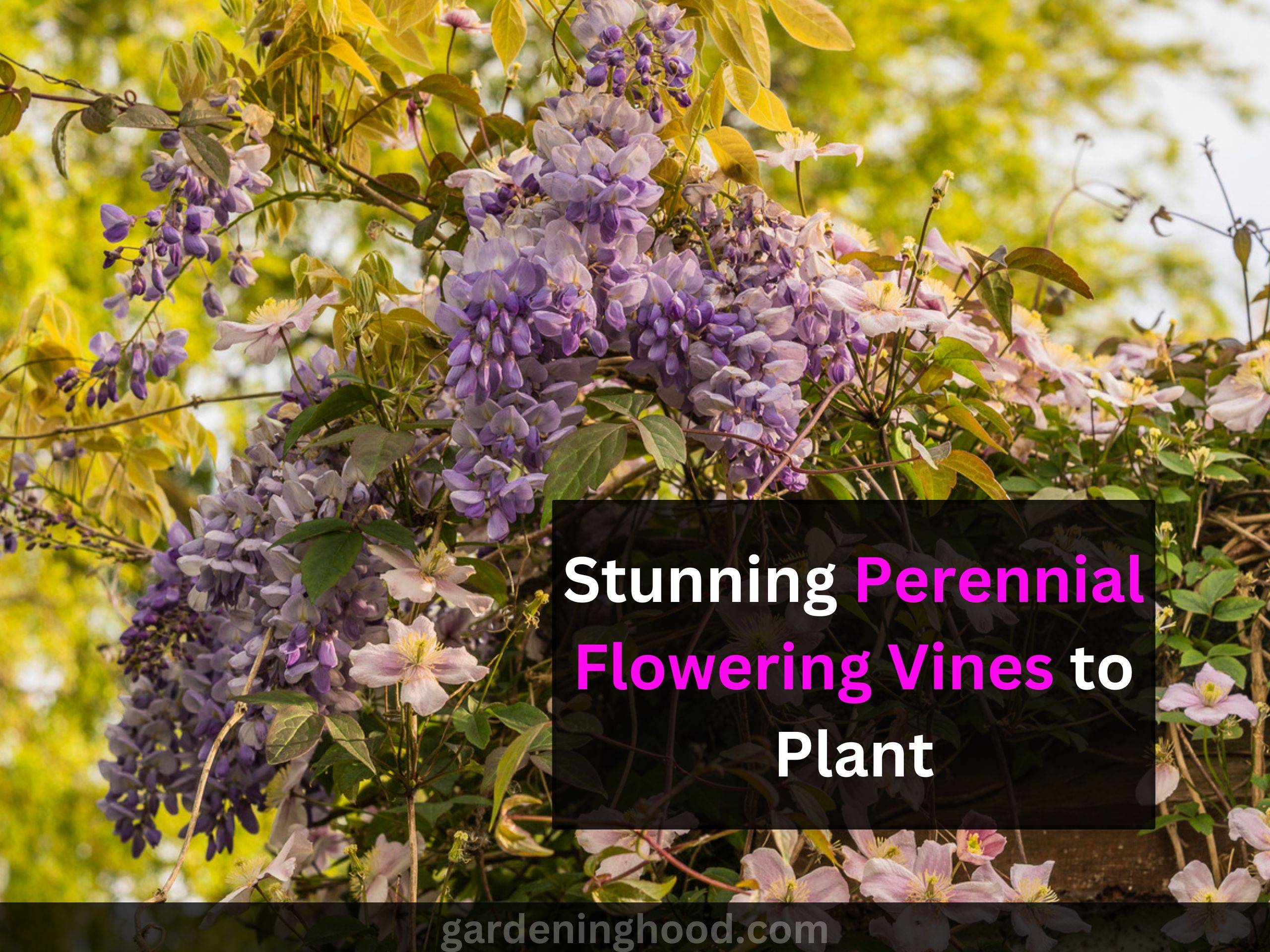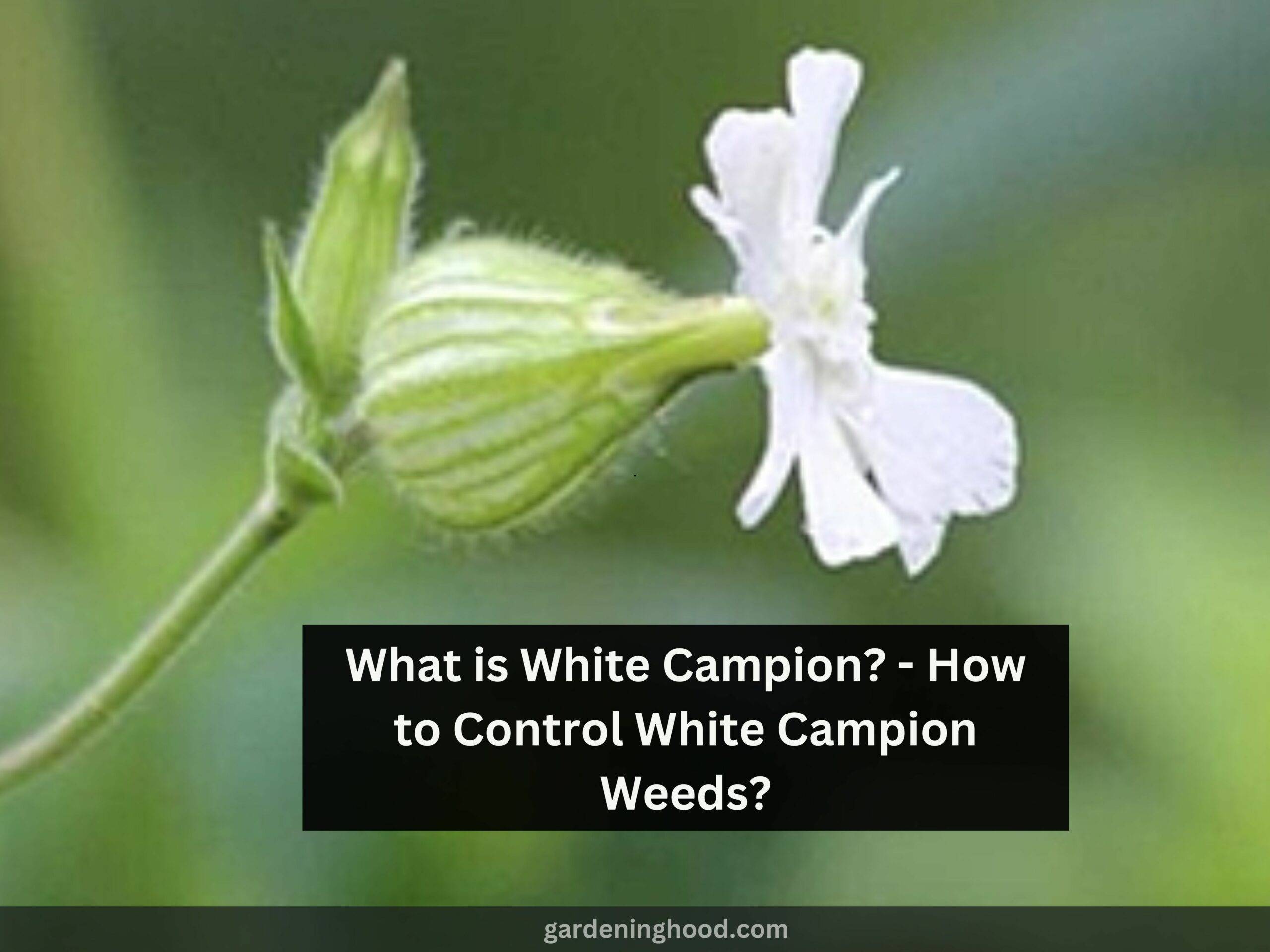What is Leucospermum and how do you grow Leucospermum Flowers?
Leucospermum cordifolium is a Proteaceae shrub that grows upright and is endemic to South Africa and Zimbabwe. It bears globe-shaped pincushion-type blooms in red and yellow, similar to proteas. While it’s popular in South African gardens, it’s less well-known in the United Kingdom. Because Leucospermum cordifolium is cultivated for the cut flower business, you’re more likely to see the flowers in bouquets than in gardens.
Key takeaways:
- The flowering plant genus Leucospermum relates to the Protea family.
- The Leucospermum genus has about 50 species, the majority of which are endemic to South Africa’s mountain slopes, scrubland, and woods.
- Leucospermum can range from low-growing ground coverings to small trees, depending on the variation.
- The colorful, pincushion-like flowers of some types have made them attractive indoor plants. Learn how to cultivate Leucospermum in your home or yard by reading on.
Growing Conditions for Leucospermum
Leucospermum hardiness is confined to warm regions in USDA plant zones 9 through 11 when grown outdoors.
Full sunshine and poor, well-drained, acidic soil are ideal growth conditions for Leucospermum. Because drainage is so important, the plant is frequently put on high mounds or slopes.
Similarly, these plants may not thrive in nutrient-rich soil or densely populated areas with poor air circulation. As a result, Leucospermum plants should not be fertilized, whether they are cultivated indoors or outdoors.
That isn’t to suggest that Leucospermum cordifolium cannot be cultivated in the United Kingdom. You’ll only need to provide protection in the winter or plant it in a container that you can bring inside in the fall.
Indoor plants are like a potting mix that is sandy and well-drained. Their rich flowers are produced by bright, indirect light and temperatures from 65 to 75 degrees Fahrenheit (18 to 24 degrees Celsius).
As previously said, the most important aspect of Leucospermum plant care is to keep the plant properly drained and aerated. Despite being drought-tolerant, the plant benefits from regular watering during hot, dry weather. Water early in the morning so that the plant has the whole day to dry before the chilly evening temps arrive. Keep the leaves as dry as possible by watering them at the bottom of the plant.
You might wish to apply a covering of mulch to hold the soil dry and weeds at bay. Keep the mulch out from the plant’s base, though, to avoid rot and other issues caused by excessive wetness.
Indoor plants should only be watered extensively when the planting mix is completely dry. The foliage, like that of outside plants, should be maintained as dry as possible. Make sure not to overwater the pot, and never leave it submerged in water. flowering
Remove fading flowers from Leucospermum plants, whether they are cultivated inside or outdoors, to encourage ongoing flowering.
For more such plant related-articles, you may also read, What are Bachelor Button Leaves? Why do Plant leaves turn yellow?
In warm areas, Leucospermum is a reasonably simple shrub to cultivate. It prefers a well-ventilated environment with plenty of sunshine and drainage. Because drainage is so important, these bushes are frequently planted on hills and slopes. Fertilize sparingly. Indoors, pincushion protea may be cultivated. Unfortunately, Leucospermum is a short-lived perennial.
Water
established leucospermum gracile is quite drought tolerant. Water the plant after planting and regularly during the growing season. Plants in loamy garden soil require regular watering twice or thrice a week. Water your plant at the base and not from the top to prevent diseases.
Fertilizer
Leucospermum gracile does not require fertilization. This plant’s roots adapt to phosphorus-poor soil conditions. Because of that, it can be sensitive to fertilizers that have a phosphorus content. Use a small amount of fertilizer with low phosphorus content.
Sunlight
An important factor that affects growth and flower production is sunlight. The plant does not do well in light shade. Place your plant in a sunny spot at least for 6 hours per day.
Temperature
Most species are native to South Africa, where annual temperature ranges from 13 to 16°C. Established most plants are drought tolerant. Some varieties can tolerate a light frost, Indoor leucospermum gracile requires a temperature between 18 to 24°C.
Pruning:
Keeping the plants without cutting or trimming them will result in growing large shrubs having side branches. You need to prune the plant first during spring when the flower blooms and before the new growth of the plant begins. The process of pruning helps keep the plant healthy and neat. For pruning you need to cut the stem of that is weak or unhealthy from the middle of the plant which will help in good airflow between the plants and also prevent the growth of pests and diseases. Make sure to remove the faded flowers When the flower has finished the blooming period. For cutting the stem you need to make sure it contains at least 5 to 7 leaves.
Soil:
They are used to prefer to grow in well-drained Sandy acidic soil. you need to maintain the soil pH level between 5 and 6. The plant is not able to grow well in rich soil which contains any type of fertilizer. there are some varieties of the plant that are able to tolerate the clay soil. I will suggest you grow them in a raised bed and good mulch soil. In case if you are growing the plant in a container then you can mix coarse sand, pumice, and bark together.
Pruning a Leucospermum
Leucadendrons flower in the spring and continue to produce new growth all summer. It’s a good decision to remove spent blossoms when the plant is blossoming to maintain it clean and stimulate fresh blooms. Pruning back a leucadendron is best done after all of the blossoms have faded.
Pruning Leucadendrons isn’t a precise science, and the plants are tolerant to a lot of shearing. The most important thing to remember is that a wooden stem with no leaves will not produce new growth. As a result, it’s critical to leave some new, green growth with each cut when pruning leucadendrons.
Remove any wasted flowers from your leucadendron plant once it has finished blooming for the season. Cut back all of the green stems until there are at least four sets of leaves left. If you cut back too far, the stem will become woody and leafless, and no new growth will occur. You may trim the plant down rather significantly as long as there are still leaves on each stem.
Your trimmed leucadendron will put forth a lot of new growth in a more appealing, denser form during the growing season, and it should produce more blooms the following spring. The plant should not require pruning for another year, at which time you can repeat the cutting procedure.
About the article
Leucospermum cordifolium is a Proteaceae shrub that grows upright and is endemic to South Africa and Zimbabwe. It bears globe-shaped pincushion-type blooms in red and yellow, similar to proteas.
The flowering plant genus Leucospermum relates to the Protea family. The Leucospermum genus has about 50 species, the majority of which are endemic to South Africa’s mountain slopes, scrubland, and woods. In this article, we discussed Leucospermum, and how to grow and prune it.
FAQ’s
is Leucospermum hard to grow?
Basically, Leucospermum are very easy to grow during warm climates where they get air circulation, full sunlight, and a good amount of drainage.
Guess the life span of Leucospermum?
Leucospermum is used to grow in 15 to 10.
What is the blooming period of Leucospermum ?
Leucospermum tends to bloom in late winter or early spring and blooms for few month.
From where the Leucospermum has camed ?
They are from the south coast of the Western Cape province of South Africa.


